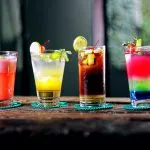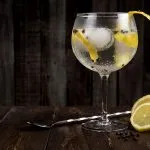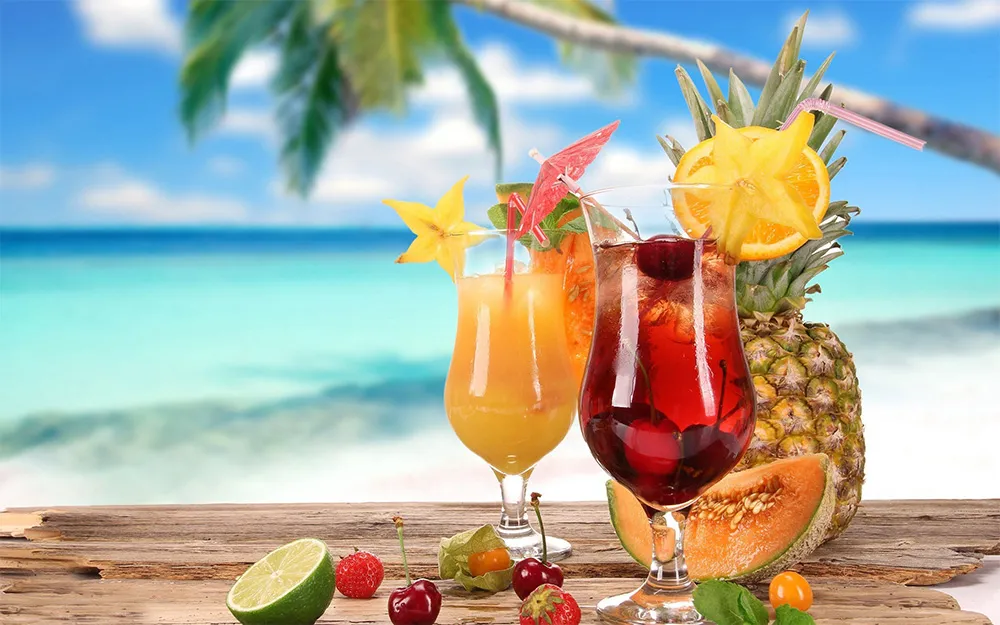With its clear, colorless, and odorless appearance, vodka is unlike its flamboyant contemporaries. Despite this, it remains one of the most popular hard drinks in the world. Don’t let its low-key appearance deceive you. This drink has a lot to offer. Not just in strength, but with fun facts as well. Here are some things you may not have known about vodka.
1. It’s a Worldwide Thing.
Stemming from Europe, this drink has gone beyond the borders. Winning the hearts of many, popular brands like Smirnoff sell more than 20 million cases per year. Its popularity goes beyond just drinking it, but in manufacturing as well. Russia remains the largest manufacturer of this spirit. Of course, countries like Poland, Ukraine, Norway, Sweden, Belarus and other countries comprising the Vodka Belt are also top producers.
2. What’s in a Name?
The term vodka was coined from the Slavic words “zhizennia voda”, which translates to “water of life.” The term was later shortened to vodka, with “voda” meaning water. Combined with the suffix “ka”, the term literally translates to “little water”. This may be a description of the drink, as it is almost pure alcohol with very small amounts of water in it. Move to Poland, Ukraine, and Lithuania and the term “vodka” uses a play on the local words for burning or to burn. Similarly, this could be due to the sensation that alcohol gives when drunk.
3. The French Influence
Leave it to the French to take things a notch higher. Like many other things in this world, they have come to master the art of producing premium-quality vodka. Although the vodka belt produces the largest quantities of this spirit, some of the best commercial vodkas come from France. The country has become known as a leading manufacturer of premium brands such as Ciroc and Grey Goose. One other French vodka that is fairly new on the market is Pinnacle. Although Pinnacle is cheaper than its contemporaries, it offers a wide range of choices in terms of flavor.
4. Of Potatoes and Alcohol
It’s a common misconception that this spirit used to be made mainly from potatoes. In the same way as many other spirits, it can be made from grains and just about any other fruit. In fact, earlier brews were obtained from such ingredients. With the arrival of potatoes from Peru in Europe, the crop then became an alternative ingredient for distilling. Being cheap and easy to produce, some manufacturers opted to make vodka from potatoes. However, it did not receive the same recognition as those made from grains and fruit. Today, grains are the most common ingredient for producing vodka. Some companies use bread wheat, while some use rye. Sorghum is also among the most common ingredients for modern day vodka brewing.
5. More than Just a Drink
Before this spirit became widely known as alcohol across the globe, it also played a role in medicine, cosmetics, and war. During earlier times, concentrated distillates from grains were used as an antiseptic. Up until the 15th century, much of the vodka that was produced was used for medicinal purposes. Around the same time, in Sweden, vodka was used in the production of gunpowder. It was common for gun manufacturers to have first choice when alcohol was being sold. There’s no forgetting that this alcohol was also used as a perfume in earlier days. The odorless spirit was scented and served as a fragrance.
6. What’s Your Flavor?
Despite being colorless and odorless, many vodka brands today come in a variety of flavors. Absolut is perhaps the most famous of all, with its different flavor choices. However, the concept of adding taste to this spirit is not a new one. In fact, it is a practice that can be traced back to the earlier years of production. Back in the day, distilling processes were so crude that not all impurities could be removed from the alcohol. This would leave a detectable taste, so distillers often flavored their vodka in order to mask it. Berries, fruits, herbs, and even nuts were all used to enhance the taste.
7. Not All Vodka is Made Equal
Although all vodkas look the same, they are not created equal. Aside from being made with different ingredients such as rye, wheat, and sorghum, these can also vary according to strength. Generally, the concentration should be anywhere from 38 to 60 percent for it to qualify as vodka. Spirits with a percentage of 40 or below are normally classified as “light”. In the past, these were classified in terms of quality and the amount of distillation they underwent. There were standard, improved, and high-quality spirits. Alcohol which was distilled two or more times and was stronger was known as “double wine.”








